Happy Holidays from Columbia Engineering!

The snowflake research images are from the labs of our engineers, inspired by our School vision, Columbia Engineering for Humanity. Thank you to our faculty for contributing these images:
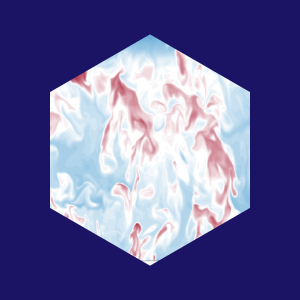
Buoyancy, Pierre Gentine, Earth and Environmental Engineering
Pierre Gentine of earth and environmental engineering tackles the challenge of representing clouds in climate models—a factor in getting accurate global climate projections. CLOUDBRAIN, a neural network-based climate model, produces better estimates of heat and moisture rates based on training data from the high-resolution cloud resolving model, SP-CAM.
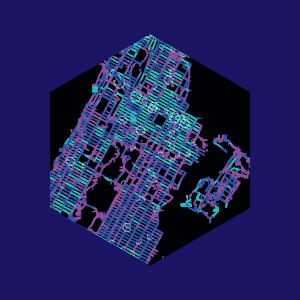
Crash Manhattan, Andrew Smyth, Civil Engineering and Engineering Mechanics
Andrew Smyth and his doctoral student Patrick Alrassy captured a unique data set enabling them to map dangerous intersections and other obstacles to traffic flow, in partnership with NYDOT. Vehicles with transmitters record anomalous events and when patterns emerge, a map-matching technique cleans the noisy GPS data and locates the trouble spot.
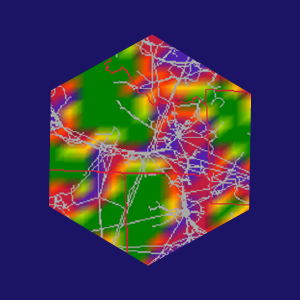
Critical Threshold, Daniel Bienstock, Industrial Engineering and Operations Research
Dan Bienstock of IEOR and his colleagues design computer models that can simulate how a cascade resulting from a so-called electromagnetic pulse (EMP) attack (nuclear strike) would travel through the grid. By designing computer models that simulate how electricity will flow through the grid in different circumstances, he can identify which sections of the grid are most vulnerable to cascades.
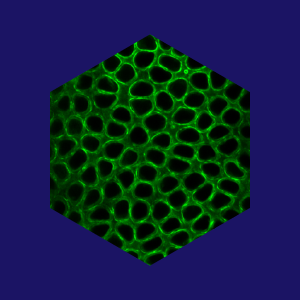
Fruit Fly Embryo, Karen Kasza, Mechanical Engineering
From the lab of Karen Kasza in mechanical engineering. Tissue structure and organization in the fruit fly embryo is revealed by a fluorescently tagged protein, which is responsible for producing mechanical forces inside cells. Kasza’s lab is using the fruit fly as a model organism to investigate how cells build tissues during embryo development.

Infrared Butterfly Images, Nanfang Yu, Applied Physics and Applied Mathematics
Nanfang Yu and Harvard biologists discovered that butterflies have specialized behaviors and wing scales to protect the living parts of their wings; nanostructures found in the wing scales could inspire the design of radiative-cooling materials to help manage excessive heat conditions while sensory network in the wings could inspire the design of advanced flying machines. Yu’s lab designed a noninvasive technique based on infrared hyperspectral imaging, with each pixel of an image representing one infrared spectrum, that enabled them to make accurate measurements of the temperature distributions over butterfly wings.

Inverted Threads, Jingyue Ju, Chemical Engineering
From the lab of Jingyue Ju of chemical engineering. This image depicts multiple capillary arrays from a four-color DNA sequencer that was used to complete the Human Genome Project.
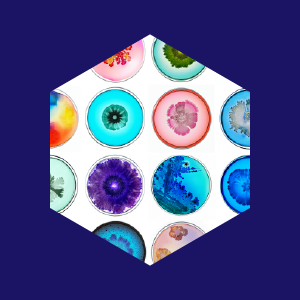
Microuniverse, Tal Danino, Biomedical Engineering
From the lab of Tal Danino, assistant professor of biomedical engineering, this image of engineered bacteria is drawn from Microuniverse, a project that explored the controlled and chaotic forms of the microbial world and draws a connection to the larger universe as a whole. The images are created by different species of bacteria, each grown under different conditions for varying lengths of time.
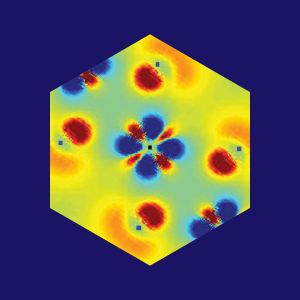
Rehybridization, Chris Marianetti, Applied Physics and Applied Mathematics
Chris Marianetti in APAM focuses on computing materials behavior from the first-principles of quantum mechanics. Image is from a study on the role of hybridization in NaxCoO2 and the effect of hydration and shows the difference in charge density between CoO2 and Na1=3CoO2.

Sand Bubble, Chris Boyce, Chemical Engineering
Research from Chris Boyce in chemical engineering: image shows the development of a "bubble" of lighter sand (blue) forming in heavier sand (white). This happens when the two types of sand are subject to vertical vibration and upward gas flow, similar to the bubbles that form and rise in lava lamps.
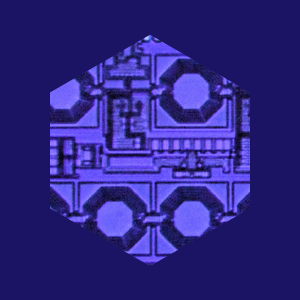
Single Chip Circulator, Harish Krishnaswamy, Electrical Engineering
A team led by Harish Krishnaswamy of electrical engineering was the first to build a high-performance non-reciprocal device on a compact chip with performance 25 times better than previous work. Image is a microphotograph of the single-chip circulator with watt-level power handling.
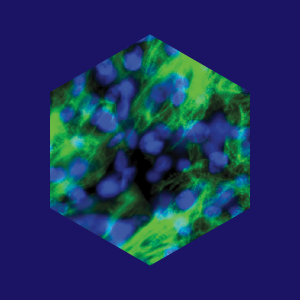
Striated Ultrastructure, Gordana Vunjak-Novakovic, Biomedical Engineering
Researchers have shown, for the first time, that electrical stimulation of human heart muscle cells (cardiomyocytes) engineered from human stem cells aids their development and function. In the image of cardiomyocytes, a striated ultrastructure containing troponin (stained in green) forms around cell nuclei (stained in blue).

Voxels, Changxi Zheng, Computer Science
Changxi Zheng of computer science uses 3D printers to creatively manipulate sound through building blocks called acoustic voxels. Different combinations of these configurations create unique acoustic signatures.
